Consultation
+370 645 64564
info@bauto.lt
Orders
+370 645 64564
uzsakymai@bauto.lt
Consultation
+370 645 64564
info@bauto.lt
Orders
+370 645 64564
uzsakymai@bauto.lt

We ensure that in our 35 million auto parts database, we have exactly what you are looking for. Our auto search system is the fastest and most reliable way to find the right car parts.
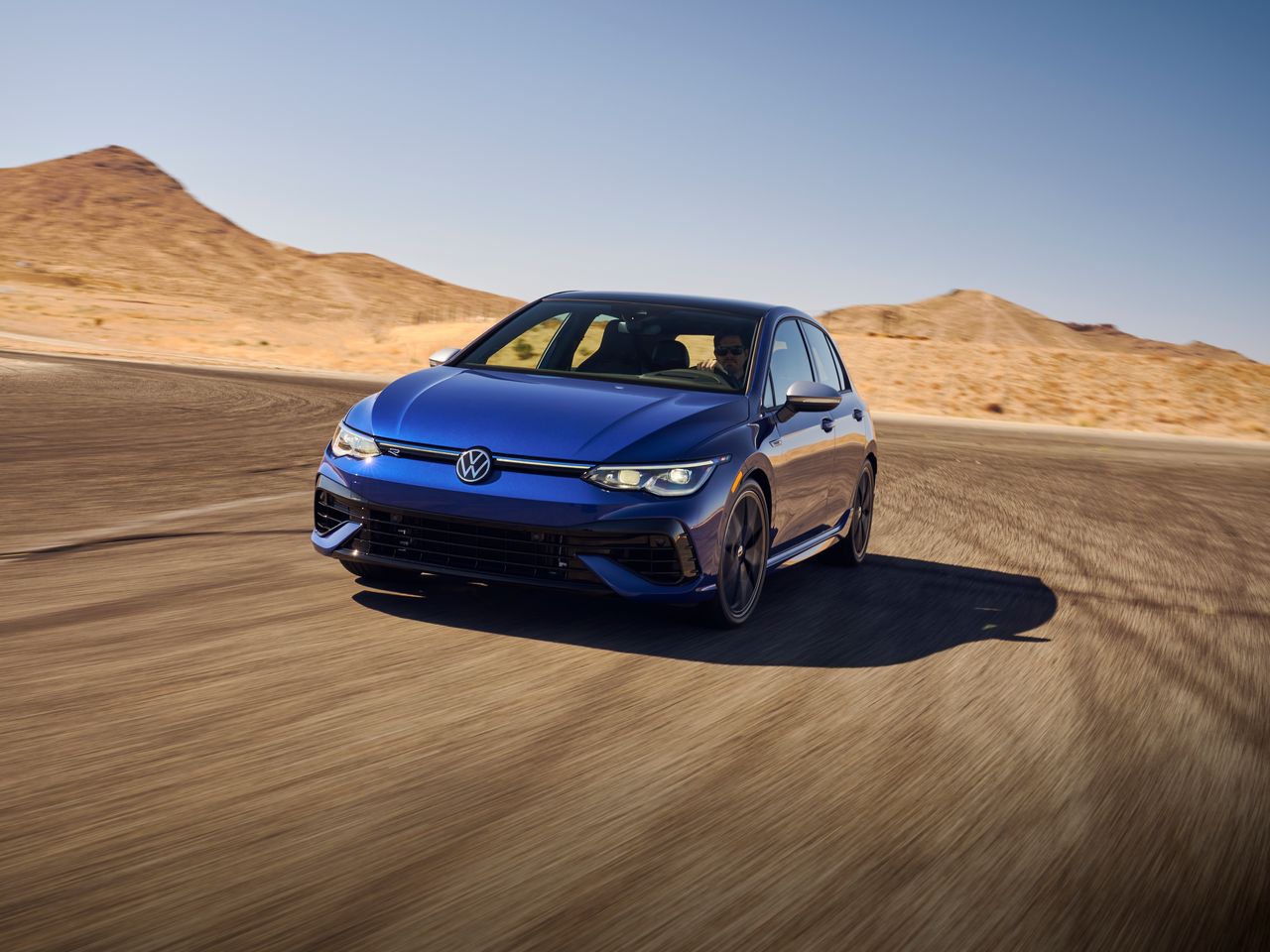
Volkswagen Golf car is divided by generations:
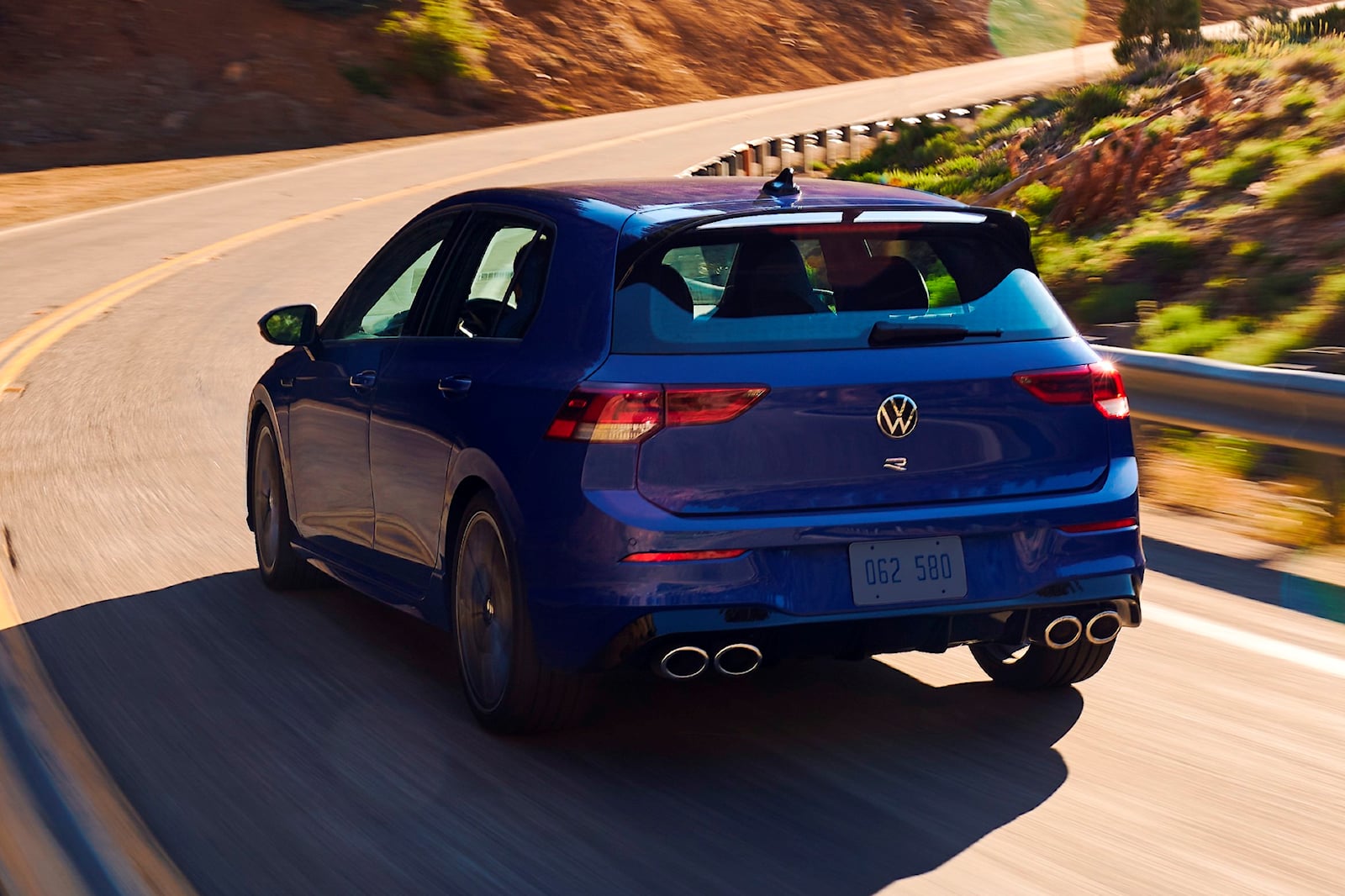
You can find any part for any of these models by the OEM number - the code given to the original manufacturer's part. The part marked with this code is made according to all technical requirements and certified by the manufacturer as meeting the highest standards. You can find the code on the part itself or in a special database. If you don't know it, just write to us and we will send it to you soon.
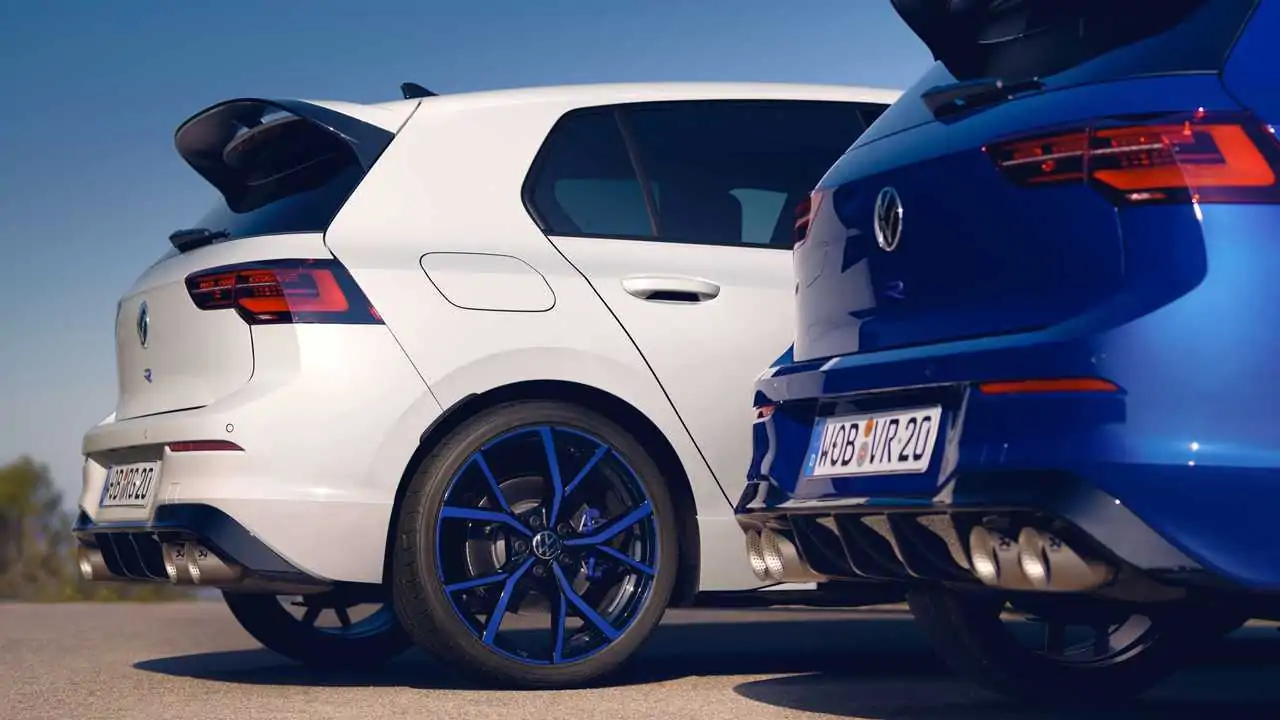
The Volkswagen Golf is a compact family car that has been manufactured since 1974. This model is also known as the Volkswagen Rabbit (in the US) and Volkswagen Caribe (in Mexico). The first Volkswagen Golf replaced the well-known Volkswagen Beetle and became one of the best-selling Volkswagen cars worldwide. More than 35 million units have been sold since 2019.
Initially, all Golf models were 3-door hatchbacks. In 1993, the range was expanded to include estate models (known as Variant), and in 1979, convertible models were introduced (production was discontinued in 2002 and resumed in 2011).
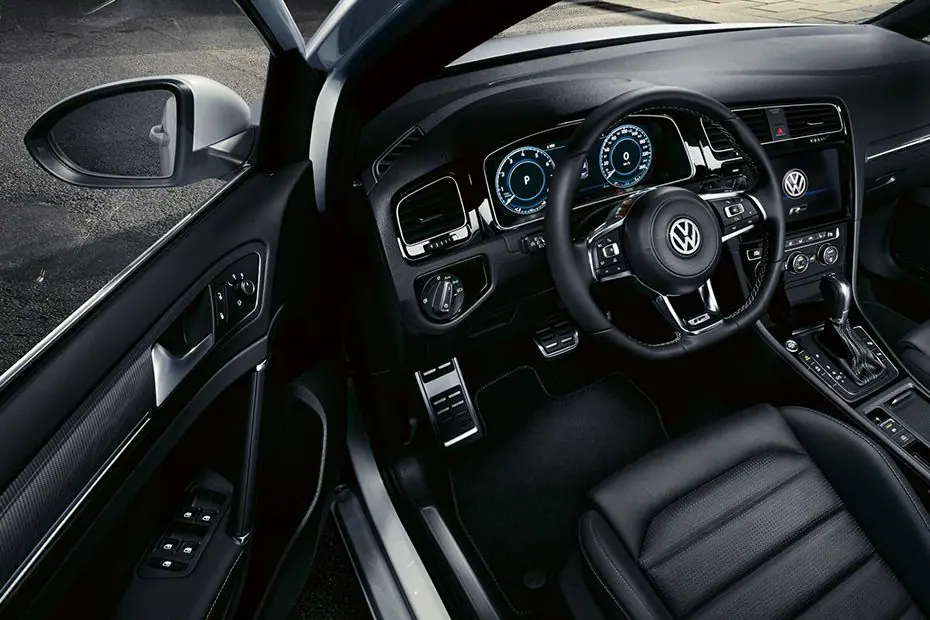
As the years have passed and the Golf model has continuously improved, it has moved from the economy class segment to the high-end segment of the automotive market. The Volkswagen Golf has also won several awards:
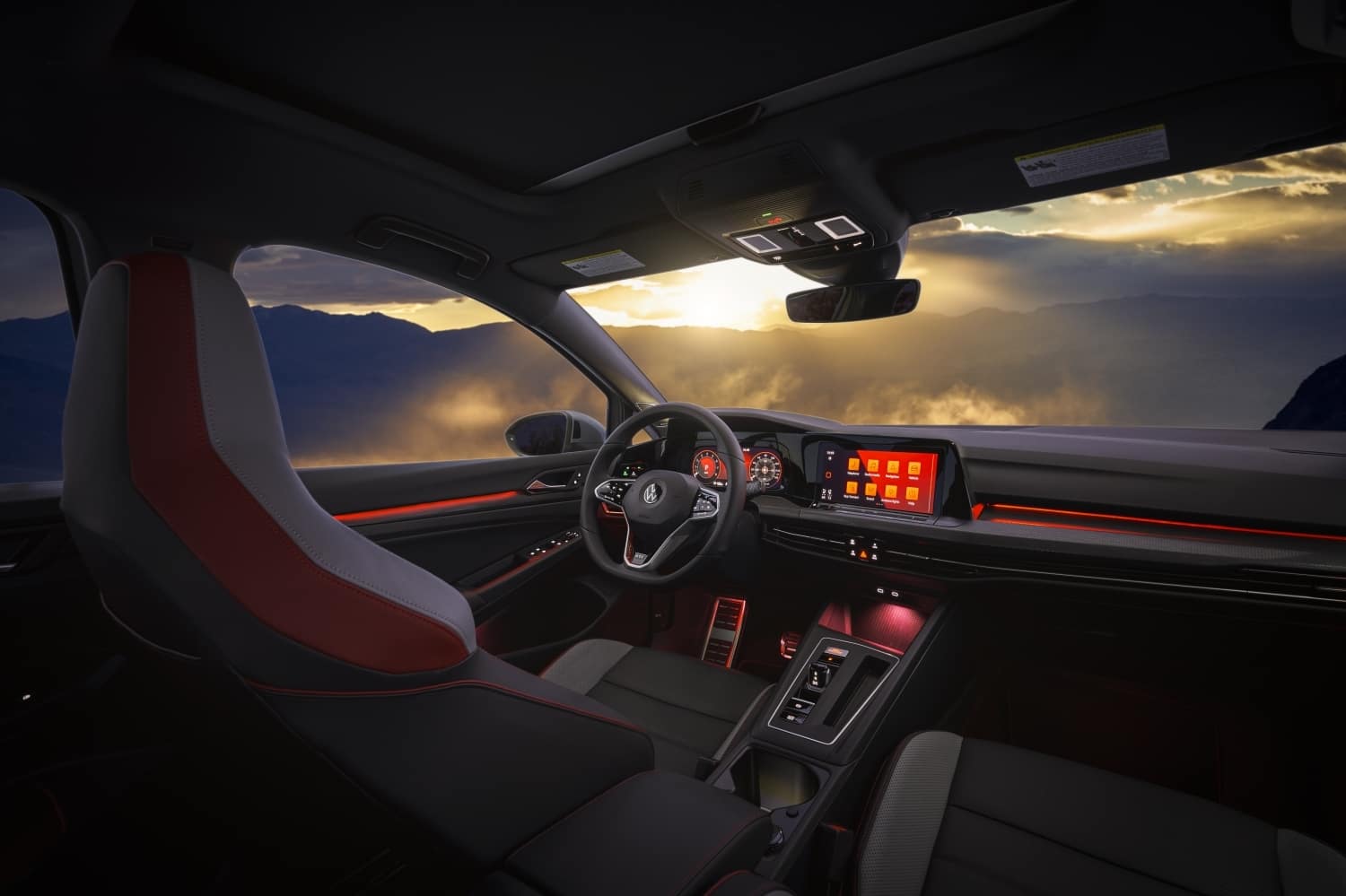
The Volkswagen Golf model has been released eight times and has had three facelifts.
The technical data of each Volkswagen car varies depending on the body type, engine, and other modifications. The table below summarizes the technical data of all generations of Volkswagen Golf.
Bauto.lt offers only new and original car parts. Our database of car parts is one of the largest in Lithuania, with over 35 million parts. Here, you can buy everything your car may need, including:
In addition to essential parts for your Volkswagen Golf, we also offer tuning parts, comfort equipment, interior and body cleaning products, and accessories. Enter the necessary OEM code and purchase an original Volkswagen Golf part from Bauto!
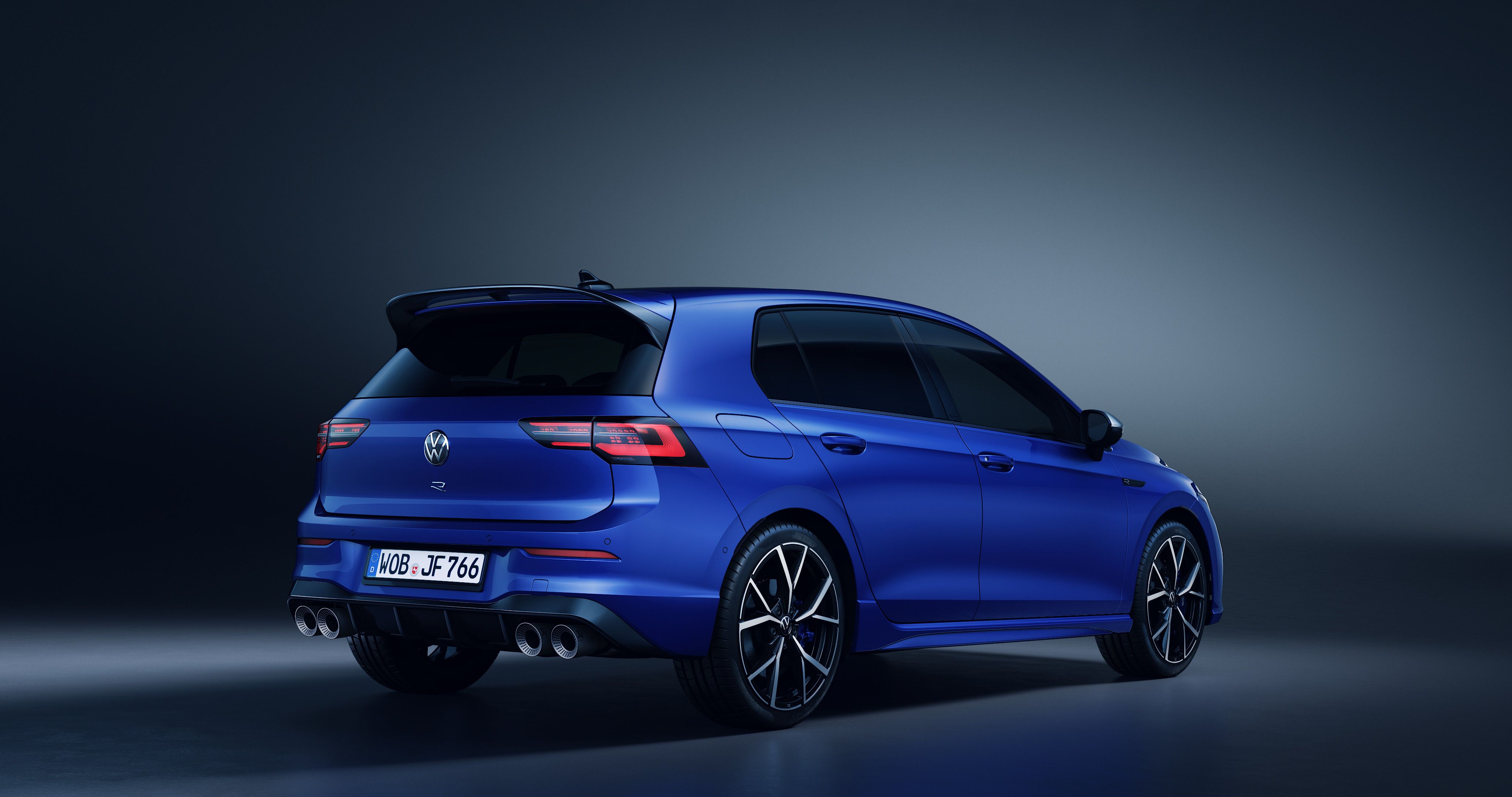
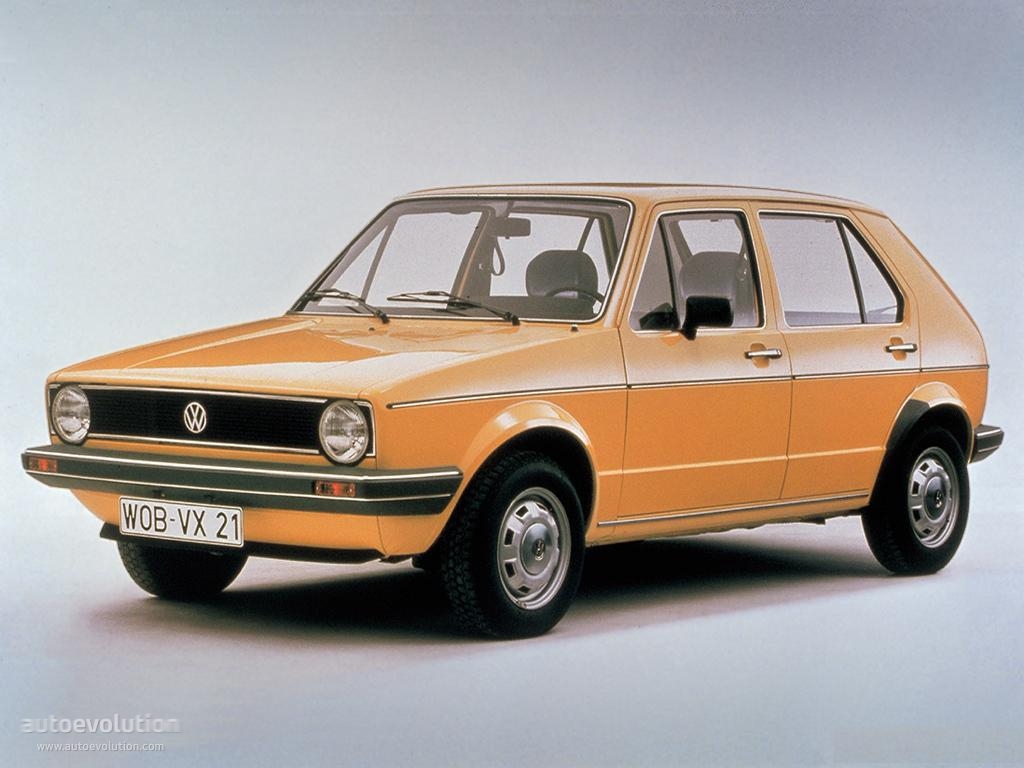
Volkswagen Golf I (1974-1978)
Accompanied by significant changes in the company, the first Golf model was introduced in 1974. It radically changed the concept of the "people's car".
Although the first generation Golf was created as a successor to the VW Beetle, the new model was completely different not only in appearance, but also in mechanical terms - VW replaced the rear-wheel drive gearbox and rear-mounted air-cooled engines with a front-wheel drive system and front-mounted water-cooled engines. In terms of design, the round "beetle" reflected the trends of the time and became the angular Golf. Its appearance was created by the legendary Italian designer Giorgio Giugiaro, who also designed other luxurious and popular cars of the time. The Golf design was characterized by sharp angles, flat surfaces, round front headlights, and wide rear lights.
Under the hood of the first-generation Golf, two of the four possible engines were borrowed from Audi, while the other two were original VW engines from the EA111 series. Their power ranged from 50 to 70 horsepower. Interestingly, in 1976, the first electrically powered Golf prototype was produced.
Key Features:
Specifications:
Advantages:
Disadvantages:
Volkswagen Golf I facelift (1979–1993)
In December 1978, minor exterior changes were made to the Volkswagen Golf I. Narrow front and rear bumpers were replaced with contoured ones that hugged the sides of the car. In 1980, another update was made - the Golf received wider taillights and a new, more modern dashboard with LED warning lights.
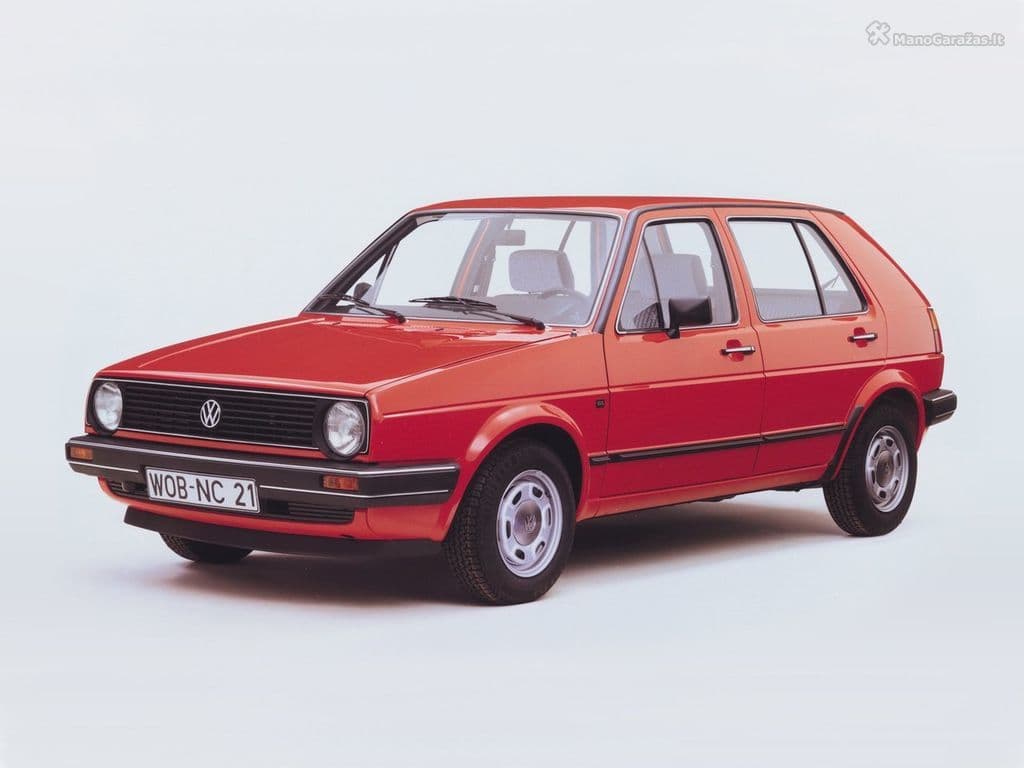
In 1983, Volkswagen introduced the second generation Golf at the Frankfurt Motor Show. Although it didn't differ much in appearance from its predecessor, it amazed with new technologies. The second generation Golf was slightly larger and had a more rounded shape.
Despite its looks, it won the hearts of buyers with its engine options and functional technologies. Exhaust gas catalytic converters were introduced in the Golf II in 1984, and in 1986, an ABS system and all-wheel drive were added. The basic Golf package includes a speedometer and clock, and a tachometer can be selected. Higher trim levels and the GTI model can also be purchased with a trip computer. The rear seats fold down, increasing the trunk volume.
Under the hood of the Volkswagen Golf are a range of gasoline and diesel engines, and certain versions were also available with an automatic transmission.
Key Features
Specifications
Advantages
Disadvantages
This Golf model brought about a significant revolution that captivated many. Over the course of its nine-year production, the second-generation Golf sold over six million units, and in 1985, it was named the "Car of the Year" by the renowned British magazine "What Car?".

Following the success of the second generation Golf, the third generation Golf was introduced in 1992. This generation brought Volkswagen its first European Car of the Year award.
The third generation Golf shocked buyers because it did not adhere to the same design principles as its predecessor, causing slow initial sales. However, Volkswagen did not shoot themselves in the foot with this decision - eventually, third generation VW Golf sales exceeded second generation sales. The third generation Golf features rounded shapes and horizontal headlights with rounded edges. The radiator grille was also reduced in size, while the bumpers became larger. The third generation Golf's interior features a curved dashboard with a higher, driver-facing center console. The instrument panel retained its four dials, but the automaker installed a small LED screen. The base level of this Golf includes manually controlled windows and door mirrors, while higher trim levels have electrically controlled mirrors, windows, locks, and air conditioning.
The gasoline versions of this Volkswagen Golf had power ranging from 60 hp to 190 hp, while diesel versions ranged from 64 hp to 110 hp. The VR6 version with all-wheel drive, named Syncro, was offered with full equipment.
Specifications:
Advantages:
Disadvantages:
The Volkswagen Golf III received positive reviews, winning "Best Family Car" in the 1997 Which? magazine and being named "Car of the Year" by both the European and British What Car? magazines in 1992.
Volkswagen Golf III Facelift (1998-2002):
The Golf III Cabriolet received an update in 1998, incorporating the design principles of the fourth-generation Golf for the front, rear, and steering, while retaining the body of the Golf III Cabriolet.
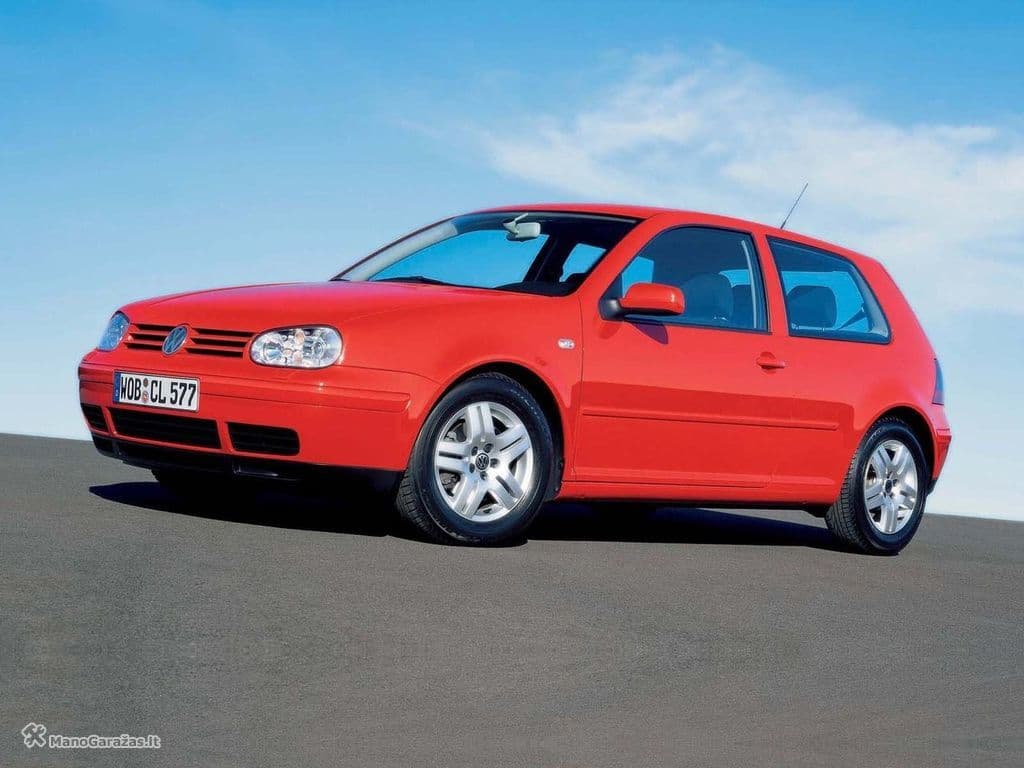
The fourth generation Volkswagen Golf was introduced as a higher class car after the successful third generation. This model retained the rounder design, while additional turn signals were added to the front fenders. The interior of this model featured high-quality materials and better equipment.
The instrument panel was backlit and included a liquid crystal display screen between the tachometer and speedometer. The central console offered a selection of information and entertainment system screens.
The fourth generation Golf had a wide selection of engines, ranging from a 1.4 liter engine to a powerful 204 horsepower VR6 model. The GTI version featured a 1.8 liter turbocharged engine with 180 horsepower.
Key Features:
Specifications:
Advantages:
Disadvantages:
The fourth generation Golf was a conscious effort by Volkswagen to elevate the Golf series to a higher class by providing a high-quality interior and improved equipment. In 2003, it was replaced by the fifth-generation Volkswagen Golf in European markets, but production of the fourth-generation Golf continued for developing markets in South America, Mexico, and China until 2014.
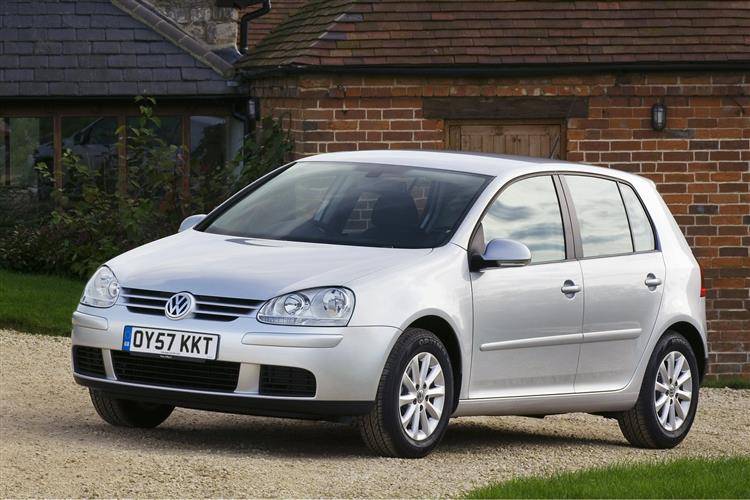
Previous generations of Golf received criticism for lacking dynamic and sporty features, which is why the fifth generation underwent significant improvements in these areas. The fifth generation Volkswagen Golf model also gained immense popularity in Europe.
Previous generations of Golf received criticism for lacking dynamic and sporty features, which is why the fifth generation underwent significant improvements in these areas. The fifth generation Volkswagen Golf model also gained immense popularity in Europe.
The body of the fifth generation Golf is even more rounded. The radiator grille has two stripes that support a chromed emblem, filling the space between the engine hood and bumper. The body-colored door handles are mounted on the sides of the body, and turn signals are located at the bottom of the side mirrors. The car's interior can be chosen in two color variants, with a red and black liquid crystal display screen located in the instrument panel, while the fuel level and temperature gauges are located at the bottom of the instrument panel.
Volkswagen installed a wide range of engines in the fifth-generation Golf under the hood. Both petrol and turbo diesel engines are offered, but the latter caused controversy due to falsified pollution data that led to the Dieselgate scandal.
Key Features
Specifications
Advantages
Disadvantages
In 2007, Volkswagen created an impressive fifth-generation Golf concept car called the GTI W12-650. There is only one known example of this model, but unlike most concept cars, it is mechanically functional. This Golf features a Bentley Continental GT 6.0-liter W12 twin-turbo engine that produces up to 650 horsepower (478 kW) and 720 Nm of torque. It can accelerate from 0 to 100 km/h in just 3.7 seconds and reach a maximum speed of 325 km/h.
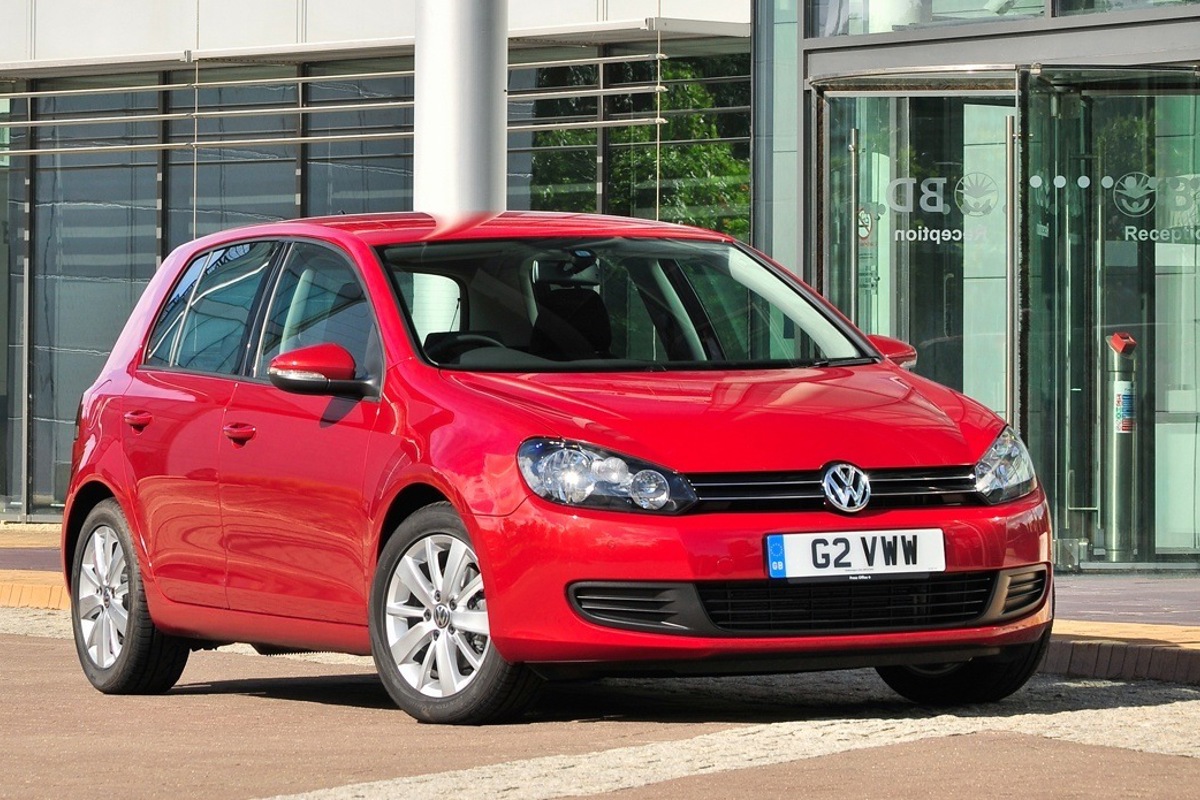
The sixth generation Golf was introduced at a difficult time when the world, along with car manufacturers, was going through a crisis. Nevertheless, VW's design chief Walter de Silva had an idea to create an "iconic car of the future," and it seems that he succeeded in implementing it. Golf VI still rolls through city streets to this day.
The exterior design of this Golf model is characterized by triple trapezoidal grilles and rounded rear lights. Although the car's dimensions are not very large, the five-door version is an excellent and comfortable solution for families with children. Inside the sixth-generation Golf, the front part is inspired by the Passat CC: a dashboard with two large and two small dials and a central console with an information and entertainment system and climate controls that occupy a large area.
The sixth-generation Golf is offered with a wide range of engines: five petrol engines, five turbo diesel engines, and 1 compressed natural gas engine. The standard gearbox, depending on the engine, is 5 or 6-speed manual. Diesel and petrol versions come with a 7-speed automatic gearbox, but instead of traditional automatic gearboxes, Golf cars are equipped with DSG type gearboxes.
Main features
Specifications
Advantages
Disadvantages
At the time of its release, the sixth-generation Volkswagen Golf was one of the safest cars in its class. With safety features such as seven standard airbags and electronic stability control (ESP), Golf VI scored 36 out of 37 possible points for passenger protection and was rated five stars by the Euro NCAP crash testing agency.
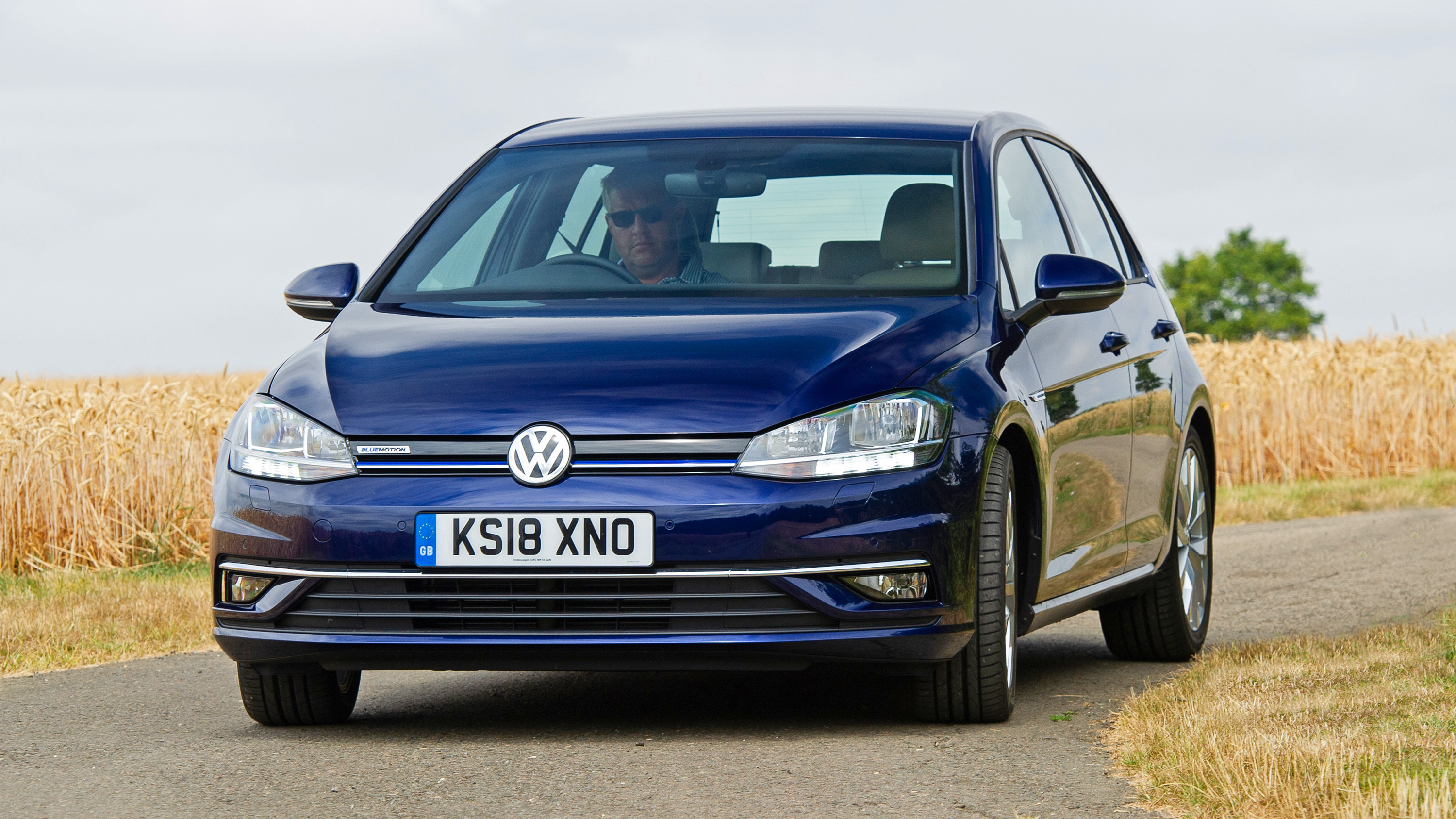
The seventh-generation Volkswagen Golf was introduced in 2012, following the success of previous models with 29 million units sold worldwide. Although expectations were high, the Golf VII didn't disappoint.
It was built on a new MQB platform, which was a great idea to reduce costs, install various car functions, and make it lighter. The length of the Golf VII is 4255 mm, which is 56 mm longer than its predecessor, and the wheelbase is longer by 59 mm. Moving the front wheels 43 mm forward provides more space in the cabin, especially for rear passengers. Additionally, the Golf is lowered and slightly wider, with an improved coefficient of air resistance, reduced to 0.29. Inside, the interior is more attractive and driver-oriented. The center console is angled towards the driver, with a 5.8-inch touch screen display. Automatic climate control is not standard, but most models have it.
Cars with engines producing less than 115 horsepower with diesel and 125 horsepower with gasoline have semi-rigid suspension as standard, while all other models have independent suspension. Additionally, all Golf VII models are equipped with a standard Stop/Start engine system and brake energy recuperation system.
Key features
Specifications
Advantages
Disadvantages
Volkswagen Golf VII facelift (2017-2021)
In 2016, Volkswagen introduced the refreshed version of the seventh-generation Golf, also known as the New Golf or Golf 7.5. Along with the facelift, a new engine was introduced: a 1.5L TSI engine with a power output of 95.6 kW or 110 kW. The updated Golf version features a larger display for infotainment and entertainment systems, with the option to choose a fully digital instrument cluster. LED technology is now standard for the taillights, and in most models, this technology can be chosen for the headlights as well.
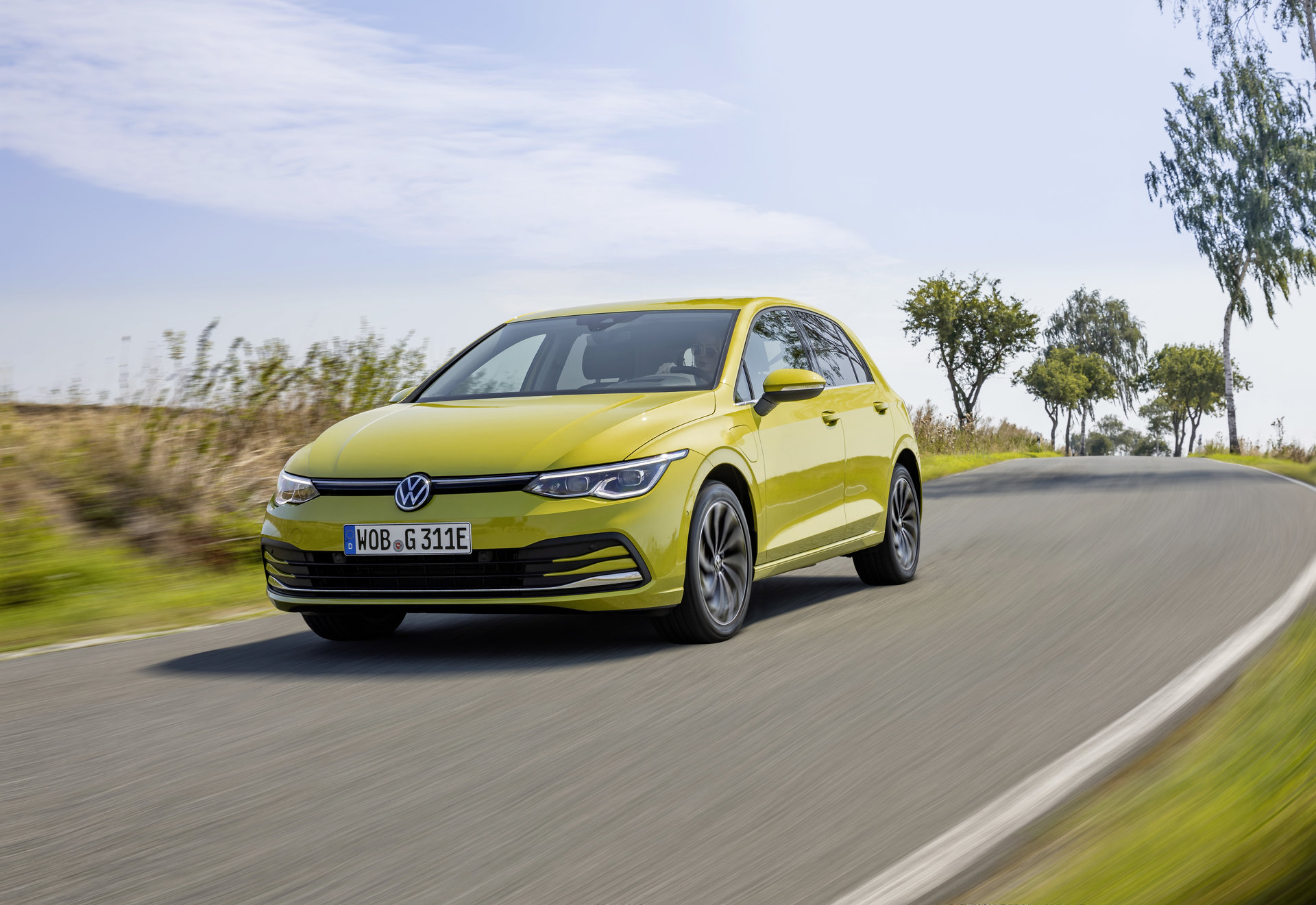
The eighth generation Volkswagen Golf was introduced in 2019 in Wolfsburg, Germany. This model is made on the same platform and shares the same chassis as the seventh generation Golf, but its appearance has changed and is even somewhat avant-garde.
The exterior of the eighth generation Golf features evolutionary design changes: a new two-dimensional Volkswagen logo and a more angular style. The rear of the car has new L-shaped lights similar to those on the T-Roc model. The more pronounced, downward sloping rear achieves a lower coefficient of air resistance, compared to the seventh generation Golf's coefficient of 0.29, the eighth generation is 0.275. Inside, there are two large touch screens that can be controlled even by gesture. The clean design has no physical buttons, only touch-sensitive surfaces. The traditional gear lever of the automatic transmission has been replaced by a small lever. This model has numerous new technologies, including wireless phone charging, a high-quality graphics screen for information and entertainment systems, and voice control that allows the driver to, for example, ask the car to start heating the seats. The car can also be equipped with an automatic parking assistance system, an adaptive cruise control system with predictable speed setting. The new Golf is very comfortable and easy to drive. It features good visibility, and the steering mechanism is pleasant and light. Progressive brakes are also installed in the car.
The adaptive suspension can be selected as additional equipment, and the stiffness of the suspension can be adjusted manually. The internal combustion engines of the eighth generation Golf models are three or four cylinders with a turbocharger. The engine range includes gasoline, mild hybrid, plug-in hybrid, diesel, and natural gas engines.
Main features
Specifications
Advantages
Disadvantages
Volkswagen Golf faces more competition than ever before but remains one of the best cars in its class. Despite fierce rivalry, it offers an excellent driving experience, a captivating exterior, and a superb interior.





